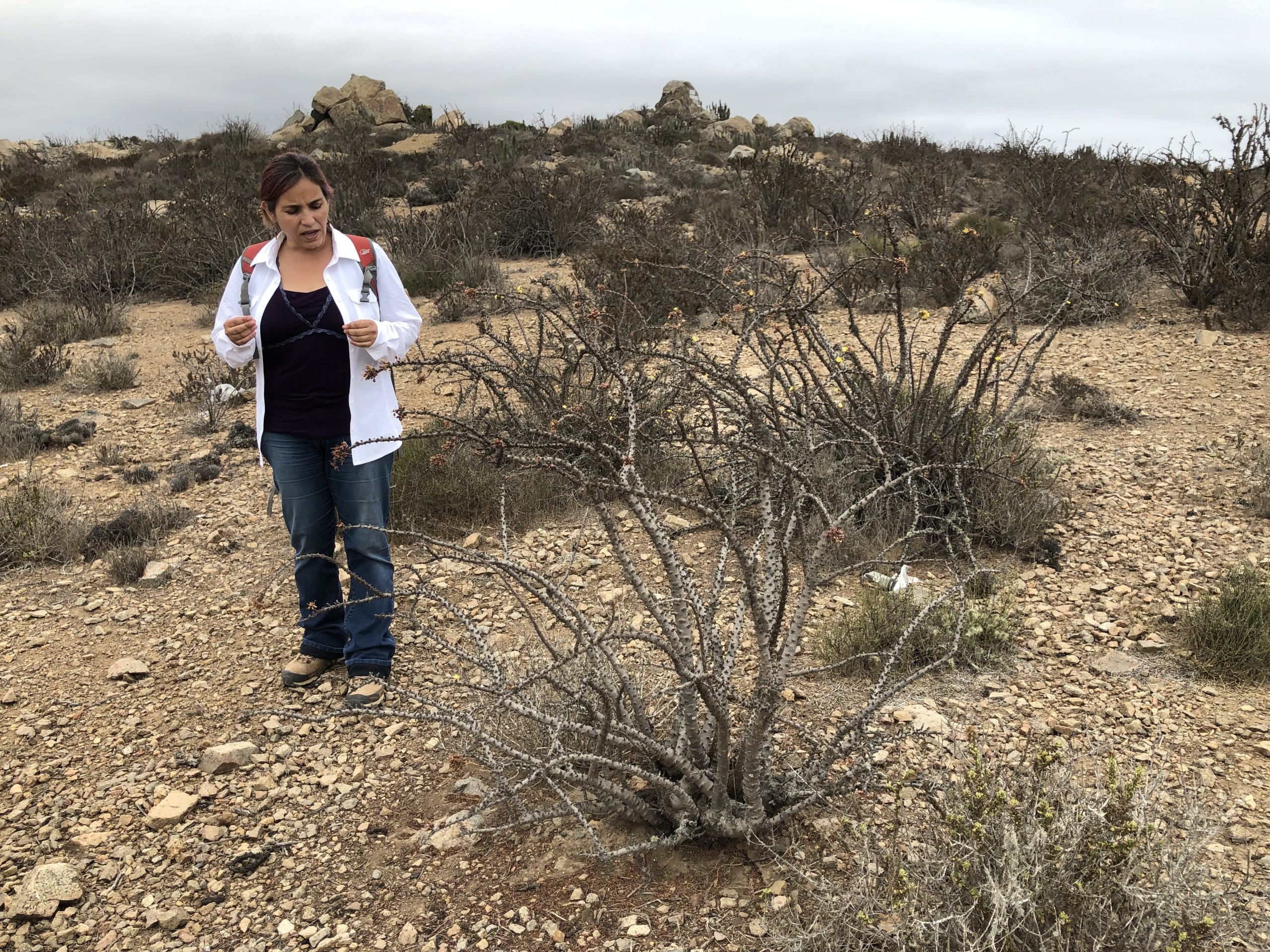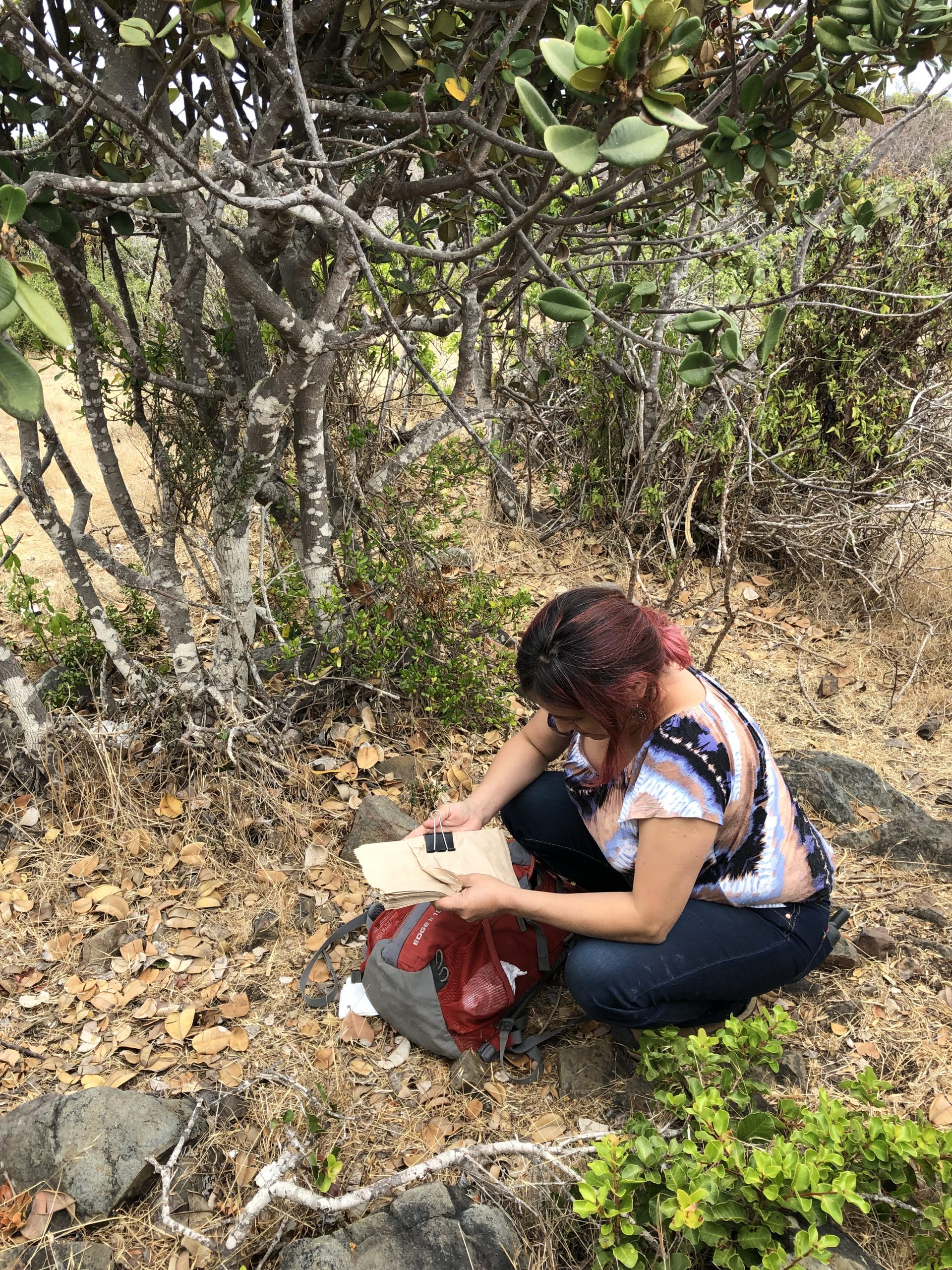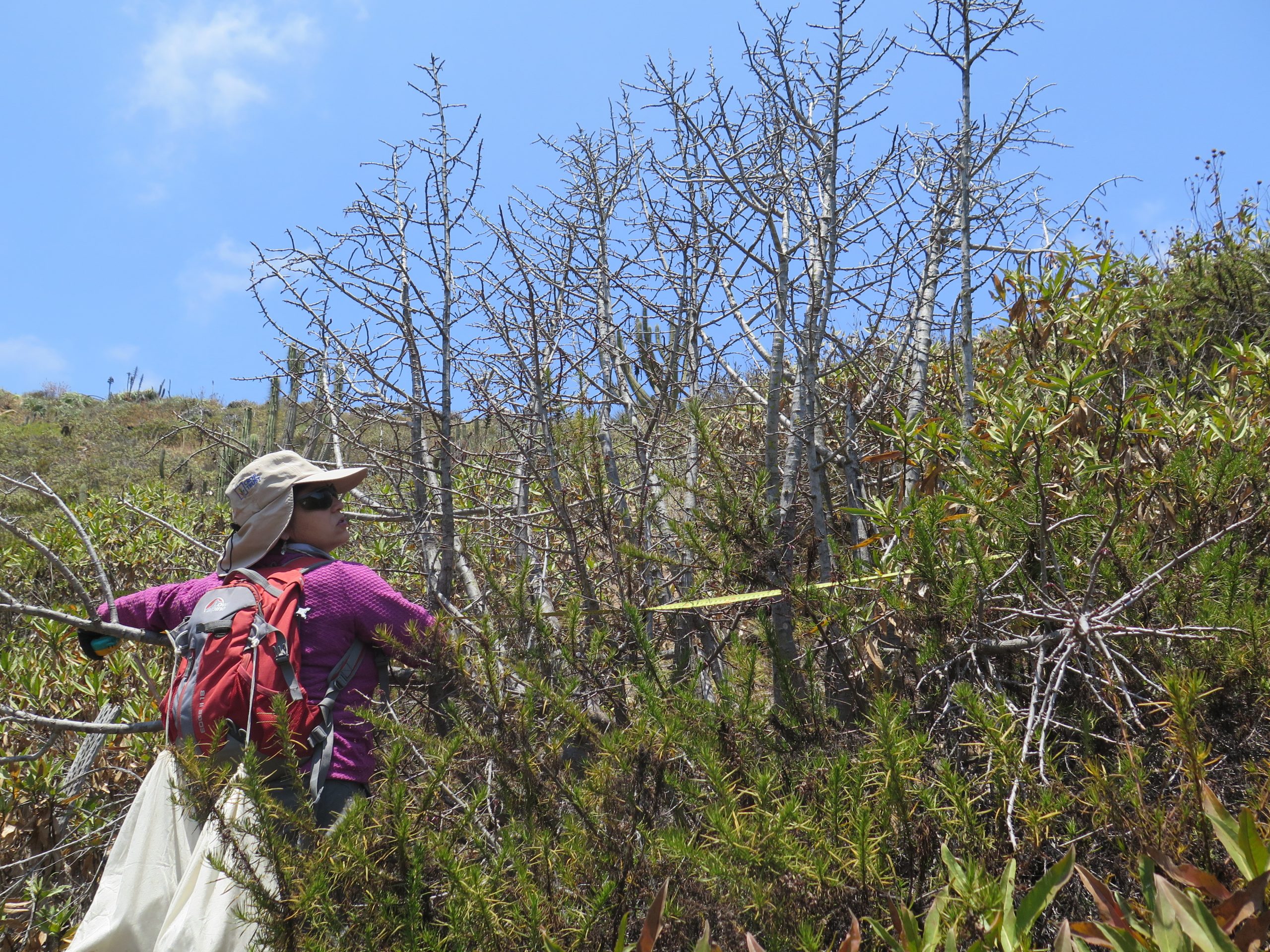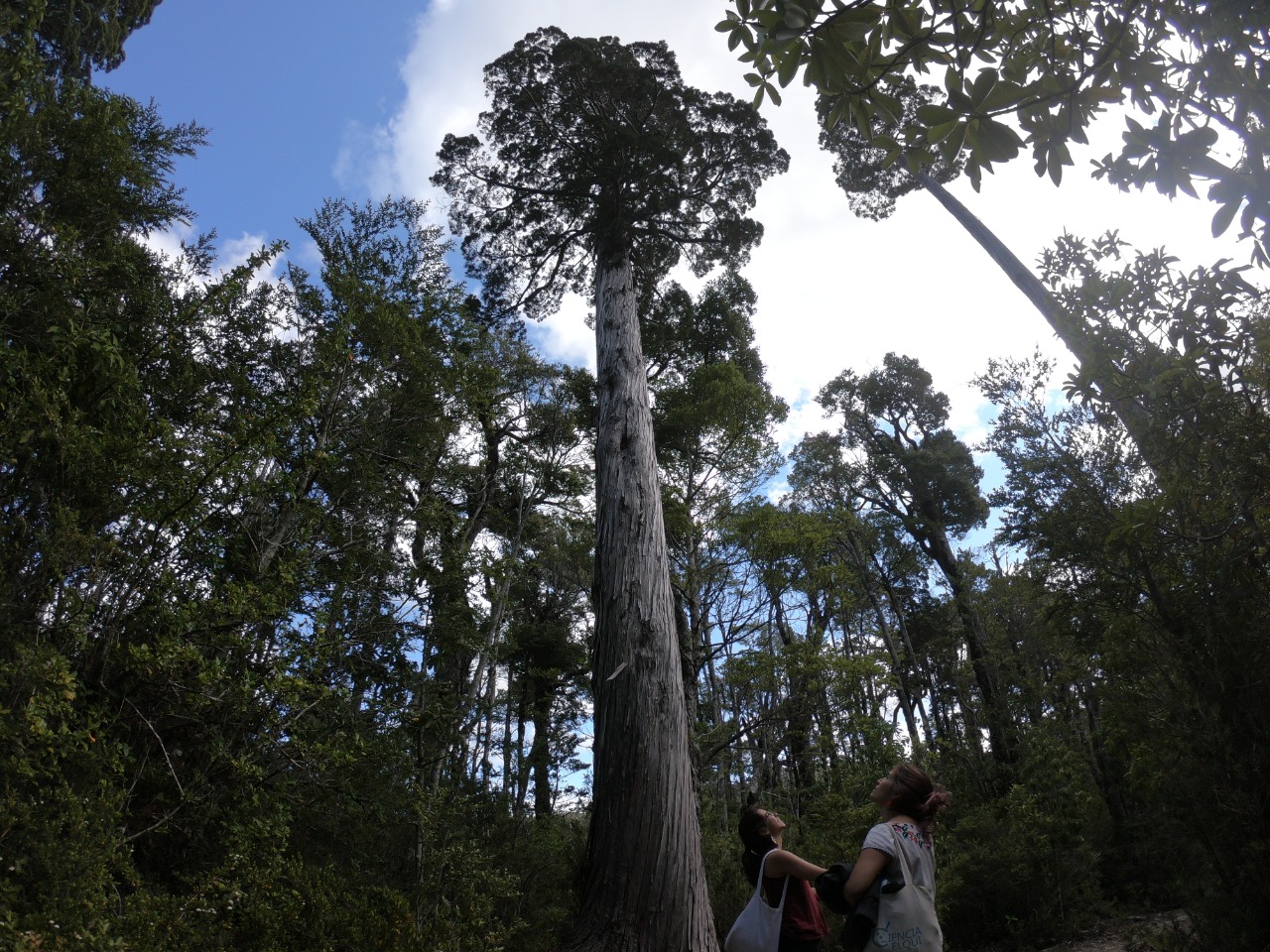Getting to know GTC: Interview with Ana Sandoval
-
Country
Chile -
Region
Latin America and the Caribbean -
Programme
BGCI's Tree Conservation Programme -
Workstream
Inspiring and Leading People -
Topic
Tree Conservation -
Type
Blog -
Source
BGCI

In the next instalment in our interview series we meet another dedicated conservationist working with GTC to save the world’s most threatened trees from extinction.
Introducing Ana Sandoval, technical manager for the Seed Bank of the Agricultural Research Institute (INIA) in Chile. Ana is responsible for the GTC and BGCI project conserving threatened endemic species of the Coquimbo Region, Chile.
How did you get into tree conservation?
I have always been interested in native plants. Despite learning about all kinds of commercial and ornamental trees during my studies, I always preferred the native flora, especially those more threatened. Every fieldwork trip, or even a simple family walk in nature, became an opportunity of finding the most beautiful species or the perfect picture that catches the details of every wonder. I was always interested in contributing to conservation, so when I started to work in the seed bank in 2005, I understood that it would be an excellent opportunity for this. Here, I started to learn quickly much more about Chilean species, collecting seeds, germinating them and propagating wonderful species.

How do you contribute to the Global Trees Campaign (GTC)?
I am involved in an initiative, part of GTC, which contributes to the conservation of three endemic species of Central Chile. This three-year project has focused on seed collections and propagation with the main aim of conservation. The three species were chosen mainly because they are threatened and because they are rare species for Chilean Flora, vestiges of a past tropical flora, now adapted to arid lands. Through this project, we are propagating these three species, planting gardens in schools and public parks and creating living collections for ex situ conservation. We are also preparing some plants to be incorporated into wild populations.
Which conservation achievement are you most proud of?

My main conservation achievement has been to learn how to propagate threatened species and this helped us to get the first seedling of Carica chilensis, the most difficult species to germinate in this project. Now there are a few more plants and to see them grow is a great achievement for us!
However, really, my main achievement in conservation is my family. To see my children enjoy nature, love the animals and respect every living organism is for me, the most real evidence that conservation is just a way to live; it is respect and worry for other creatures.
Best story from the field?
I think my best stories in the field are related to animals. I love plants, but, despite many of them being difficult to find, they are always waiting for us. However, with animals, they always run away. Therefore, to face one in the field always becomes the best surprise of the trip. I remember once, when I was crouched watching flowers in bushes, there appeared a beautiful “quique”, just in front of me. This is a kind of South American mustelid, known for their bad mood. It was only there for a few seconds, but to look each other in the eyes, both so surprised, was an amazing experience!
What is your favourite threatened tree?
That is a really difficult question! It is like asking a mum what child they love more! Actually, I have tried to choose my favourite plant many times, especially when I think about what tattoo I want, but it is not an easy answer. I love nature, not just plants, but each detail contained in the enormous diversity…but well, it is true, plants are my favourite organisms, they are amazing! Wonderful! I love all kinds of plants, not just trees, also shrubs, climbers, herbs, bulbs, cacti, all of them! However, when I try to choose one, I must confess that my heart really beats for one of the most bizarre, and threatened species that we are working with during our project. That is Carica chilensis, an endemic wild papaya, tropical vestiges in Chilean flora. I really enjoy this tree, first, because it is a challenge to find it. It is really scarce and difficult to see, especially because it keeps its branches bare most of the year and because it looks like a plant from ancient times with their bizarre architecture. Sometimes I can imagine the dinosaurs walking around them. Another of my favourite trees lives in the rainforests in the South of Chile, Fitzroya cupressoides. They are ancient giants, witnesses from other times; they probably met the first inhabitants of these lands. A walk through these forests makes me feel so small and so brief on the Earth, that we are just a tiny creature that belong to this planet. We are wrong believing that we are the owners.

What are easy things people can do to support tree conservation?
The easiest thing that people can do to conserve trees is just change their attitude. It is the first step, change the lens, to observe trees as equals, as siblings, admire them, feel their value and respect them. I think this it is the first big change, if we can admire all the things that they do for us without asking nothing in return, to give us an idea about their value. If we are able to feel that they have value, we start to need them, and here the change begins. We start to protect them, to cultivate them, to involve our family and friends and this becomes contagious. Then we all become in tune to protect them. I am sure that conservation is a synchrony that we can achieve when we are able to change our mind and behaviour.
The final question – which tree product could you not live without?
Seeds, definitely seeds! They are my food, my work, my decoration, my hobby, my treasure. Sometimes, I can see the seed in the ground even before the plant to which it belongs.
Header image credit: Noelia Alvarez de Román
Written by Ryan Hills for GTC.
Become a Member
Be part of the largest network of botanic gardens and plant conservation experts in the world by joining BGCI today!
Support BGCI
You can support our plant conservation efforts by sponsoring membership for small botanic gardens, contributing to the Global Botanic Garden Fund, and more!